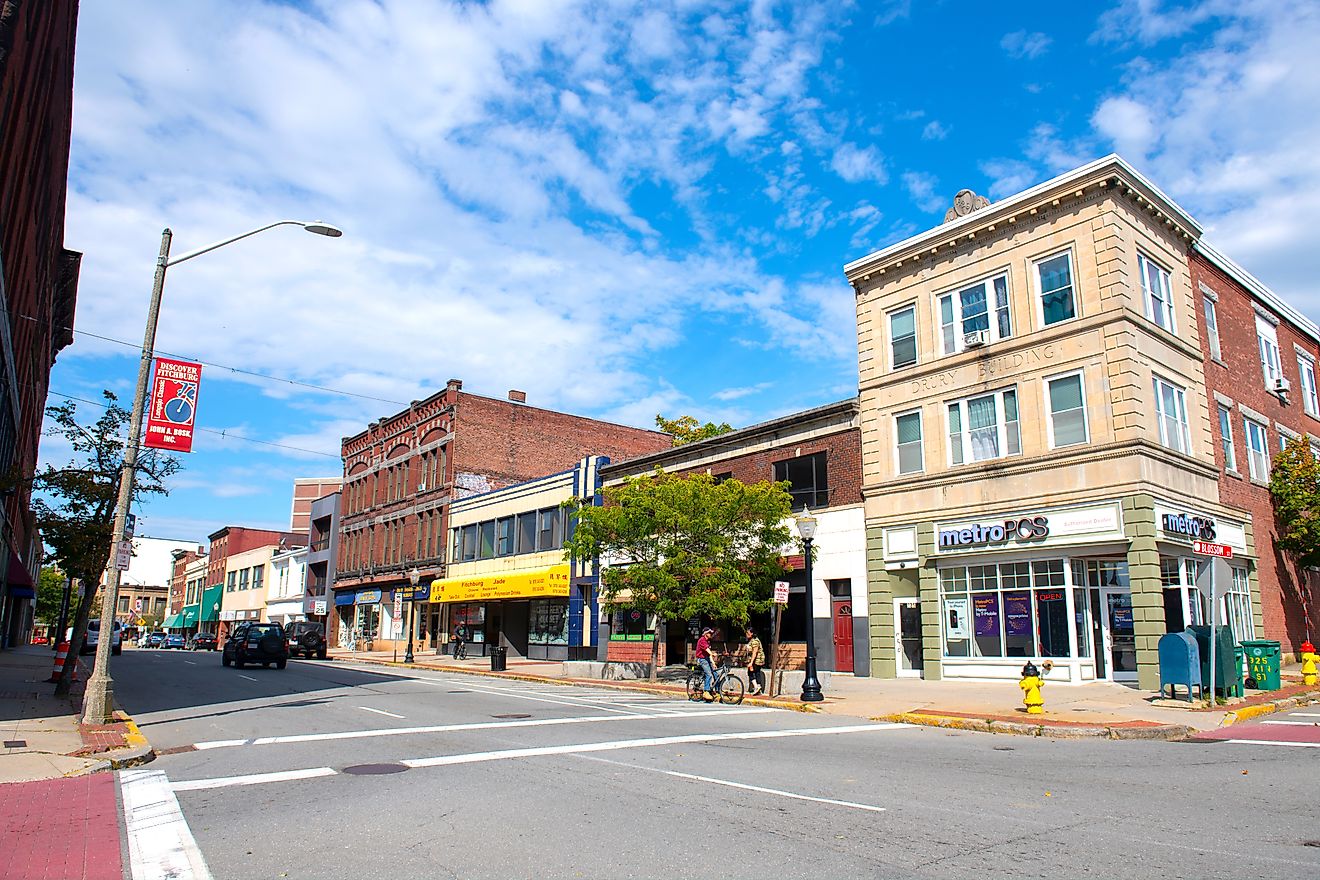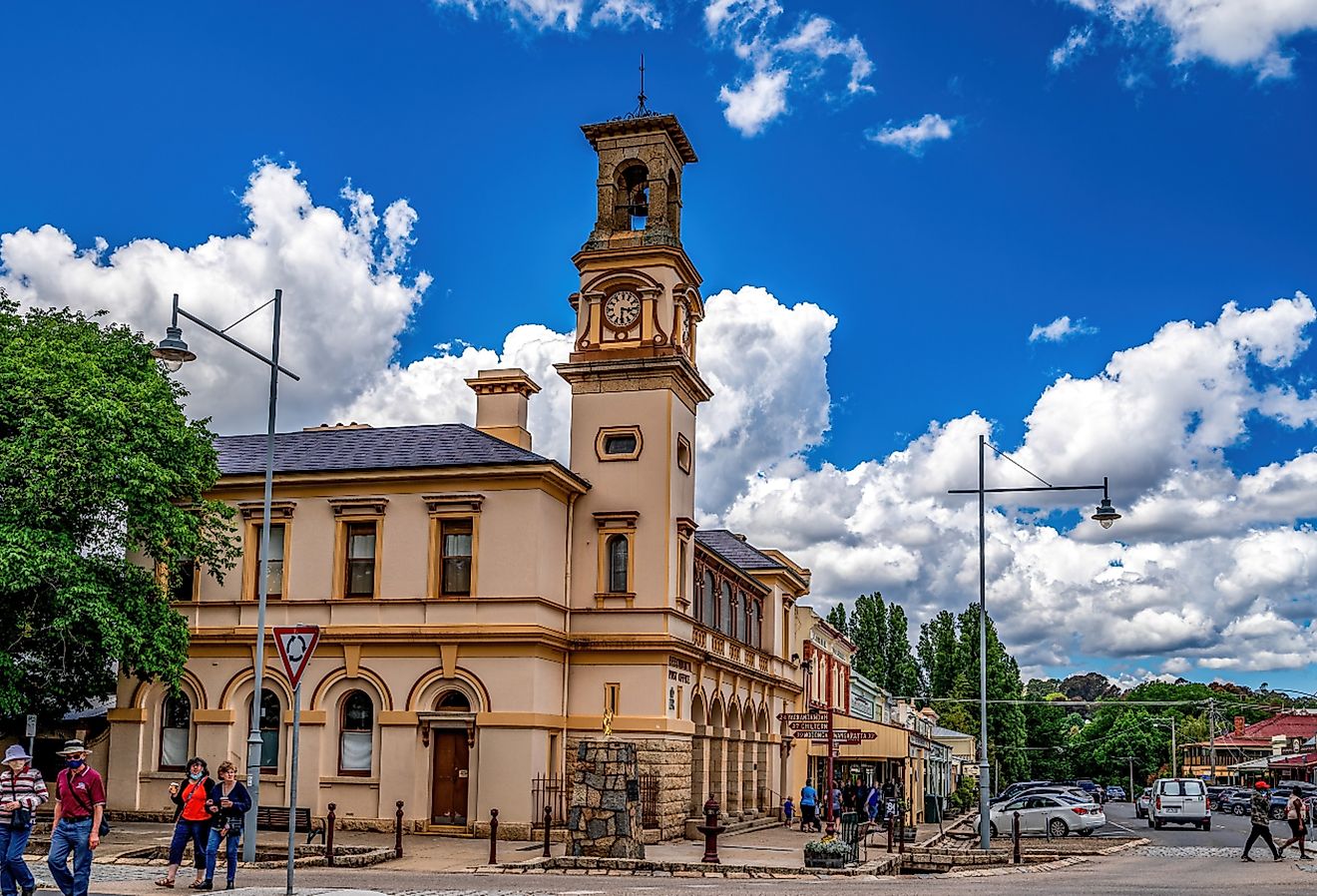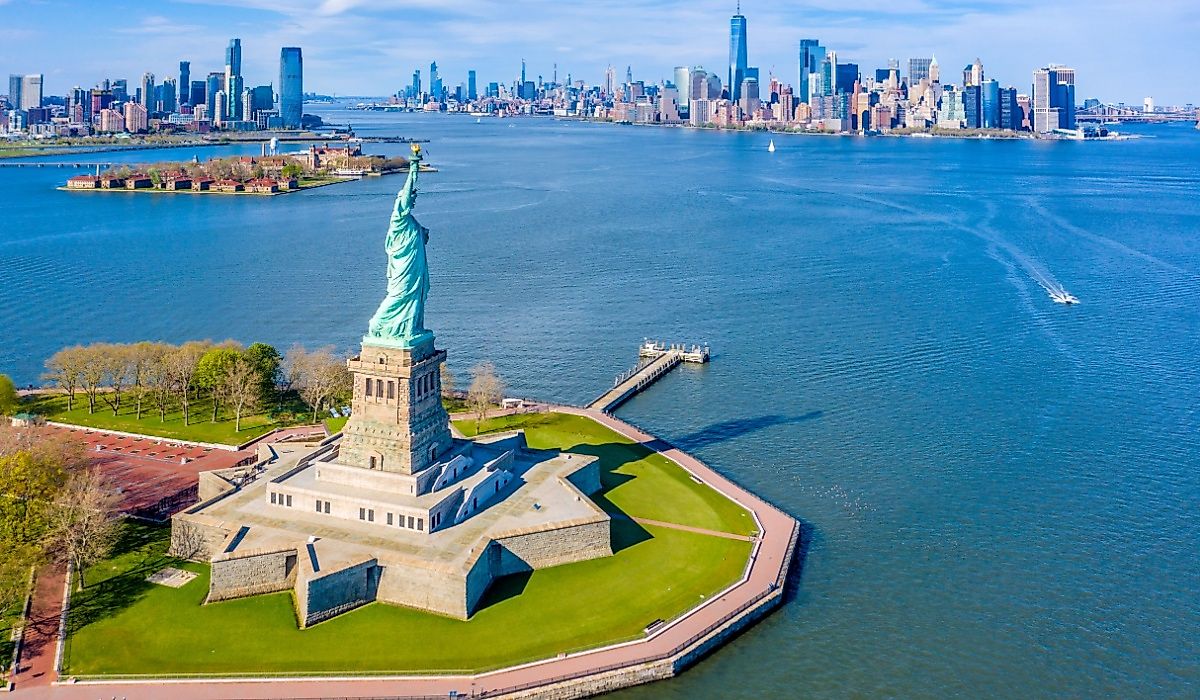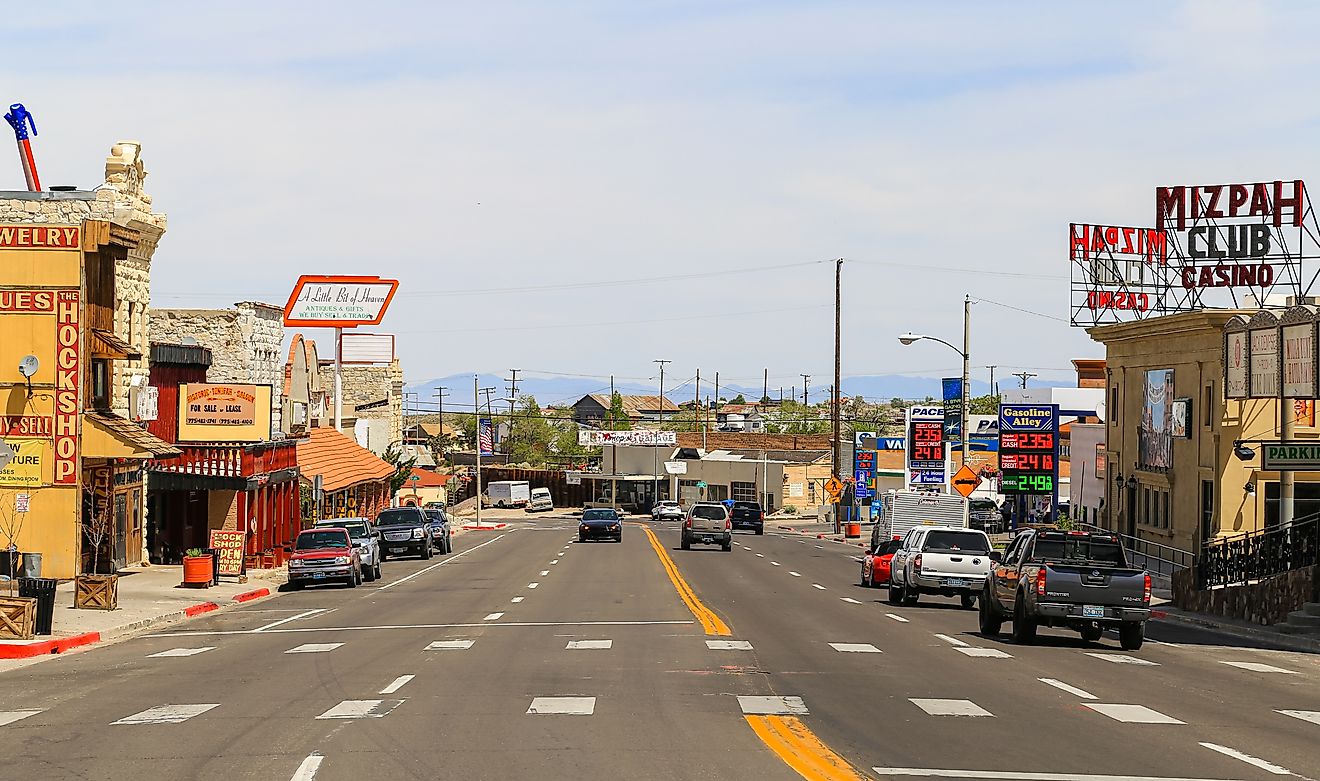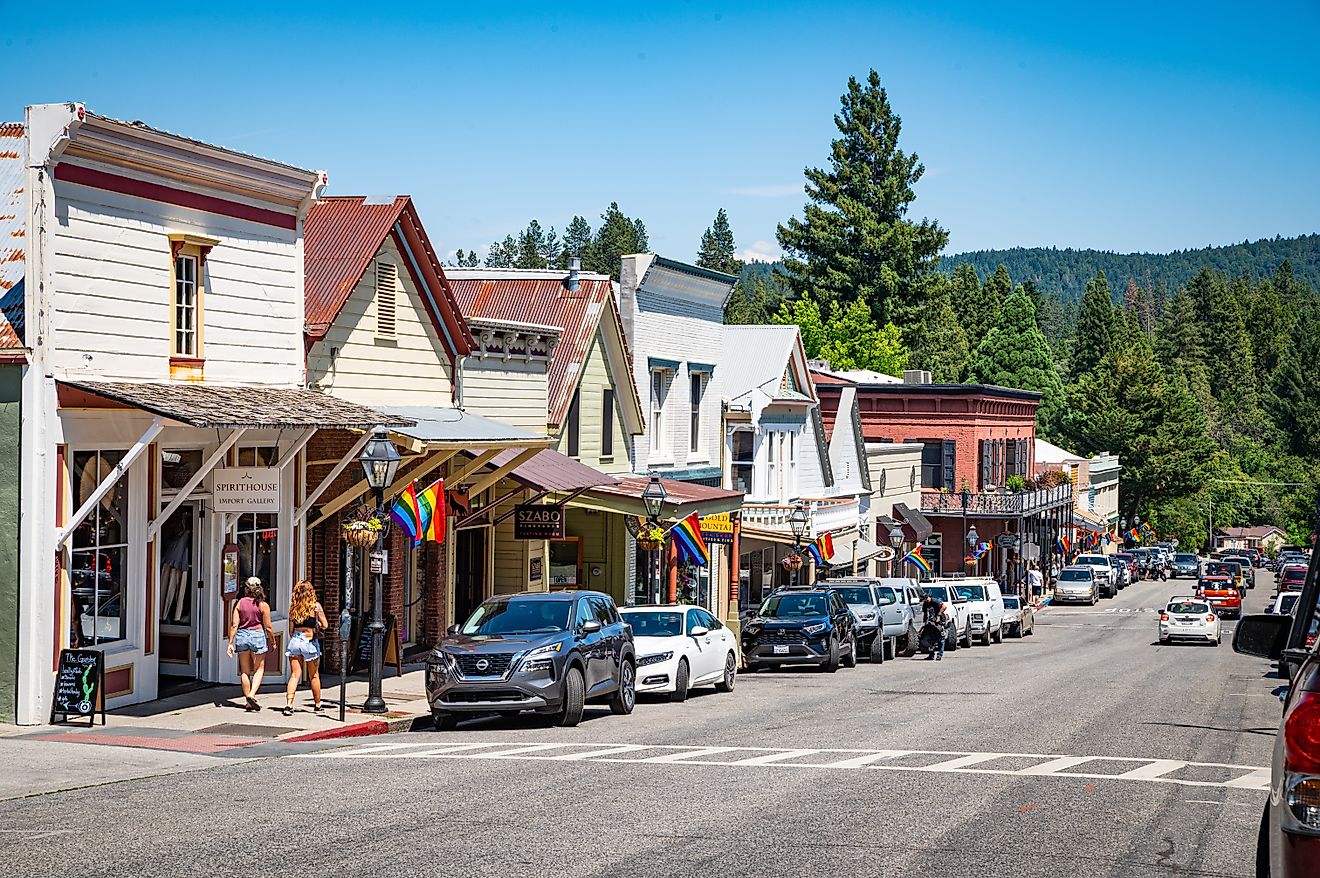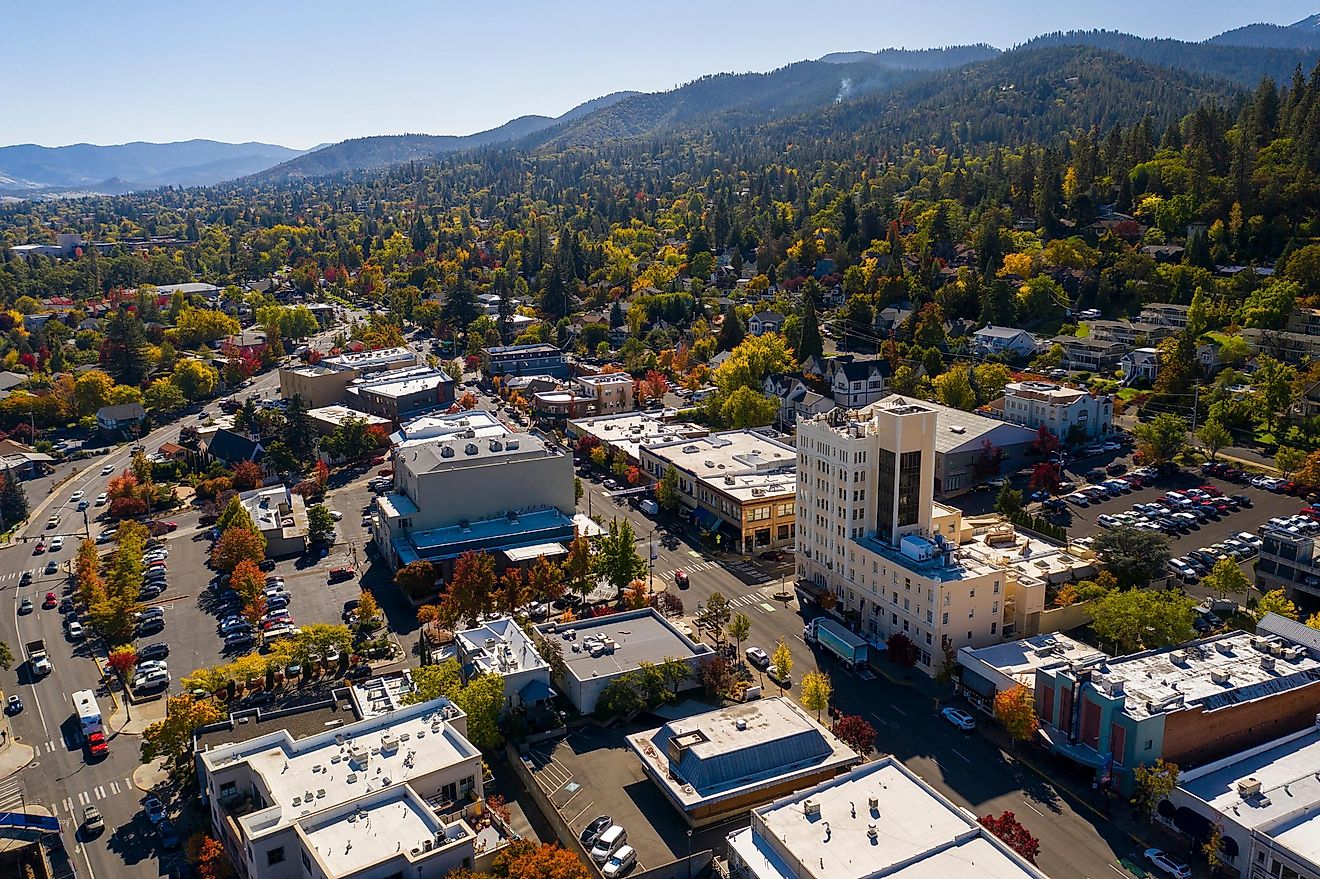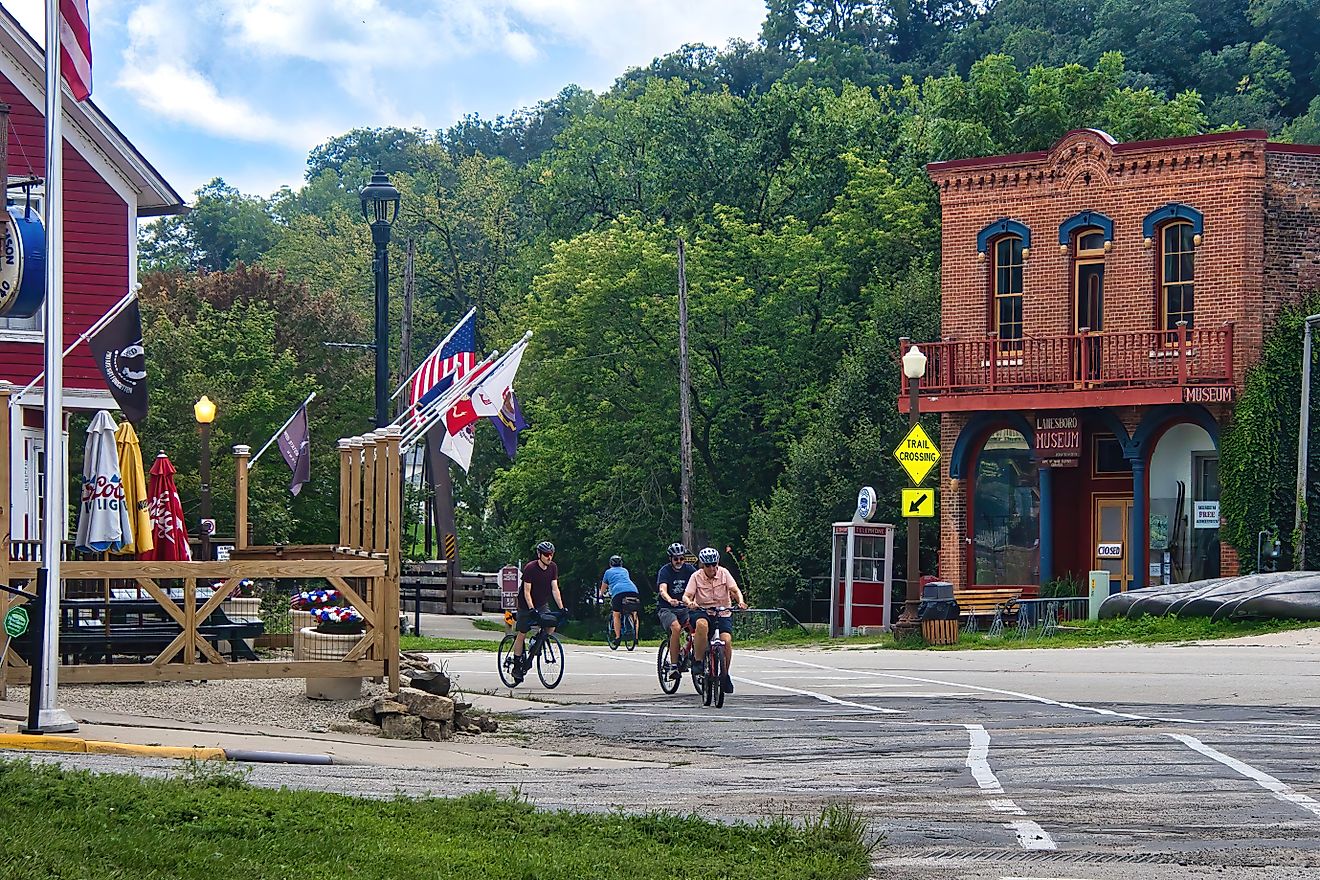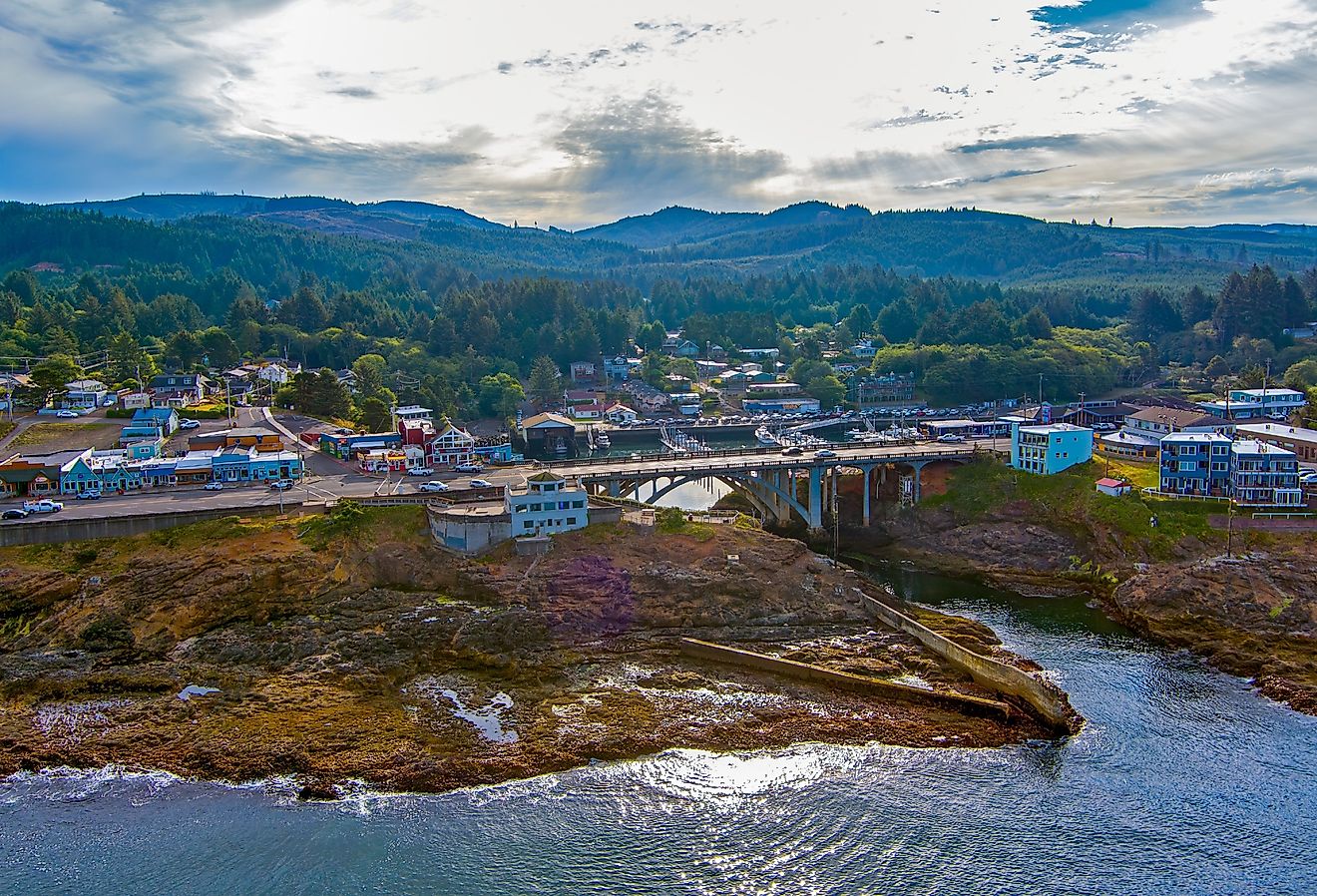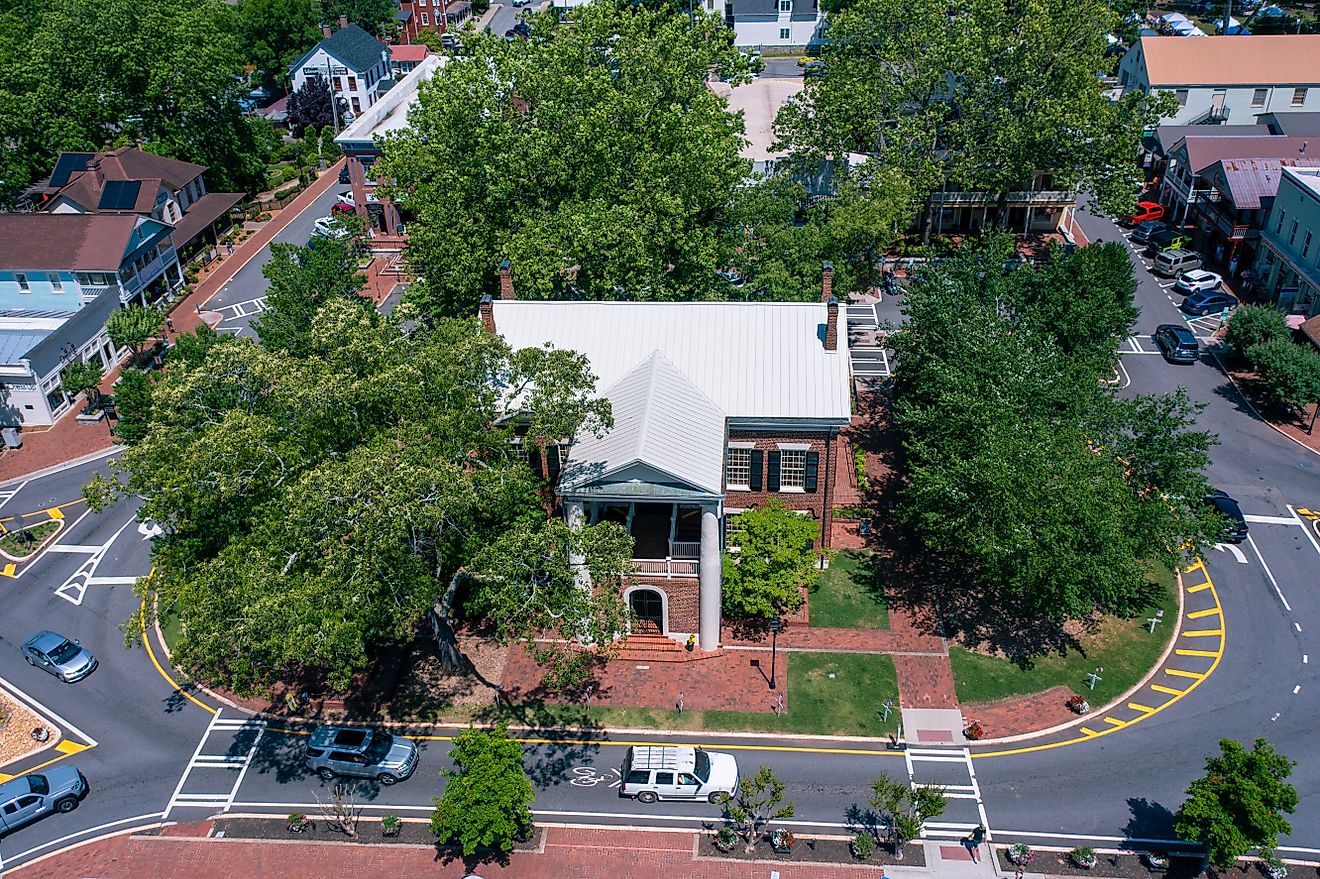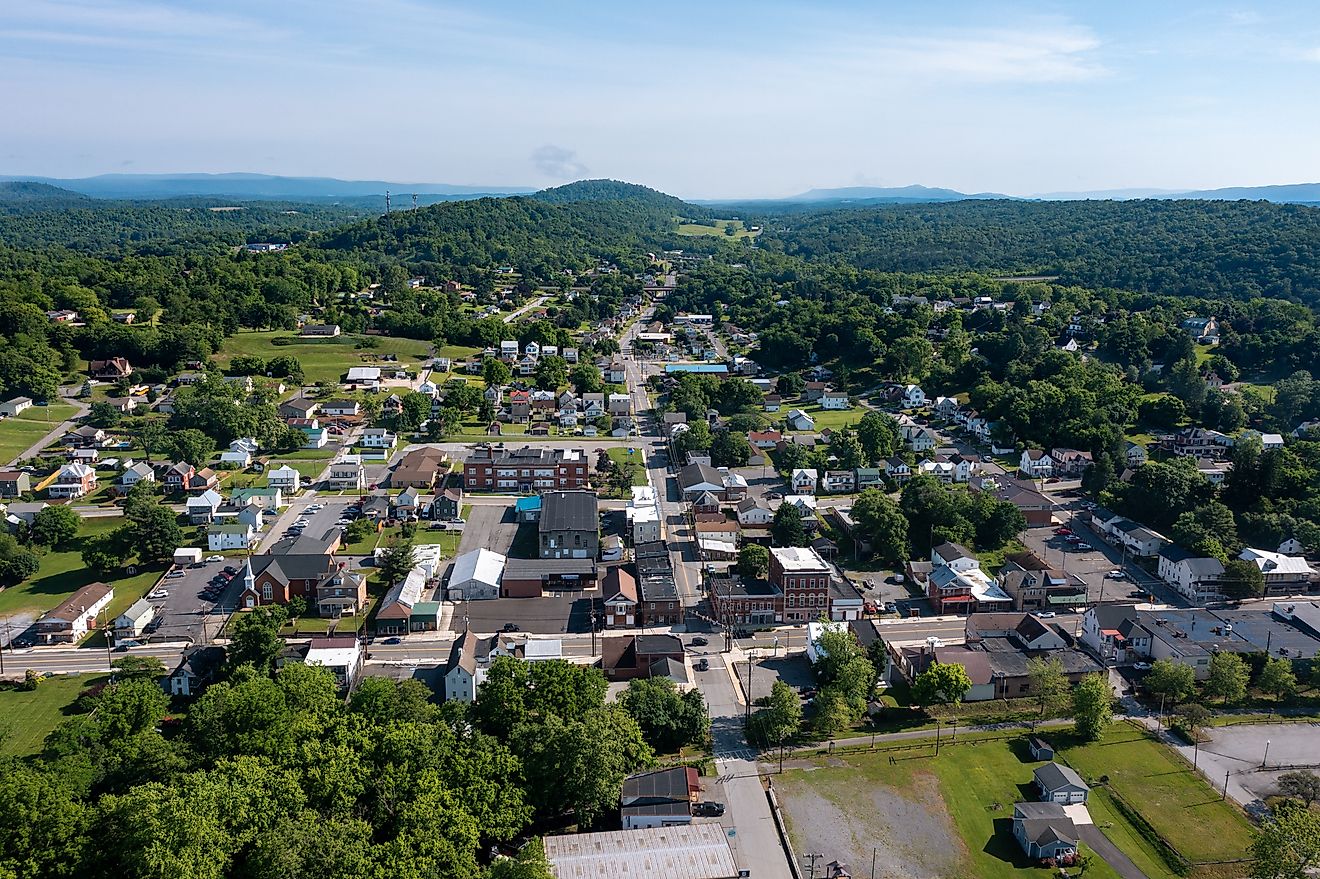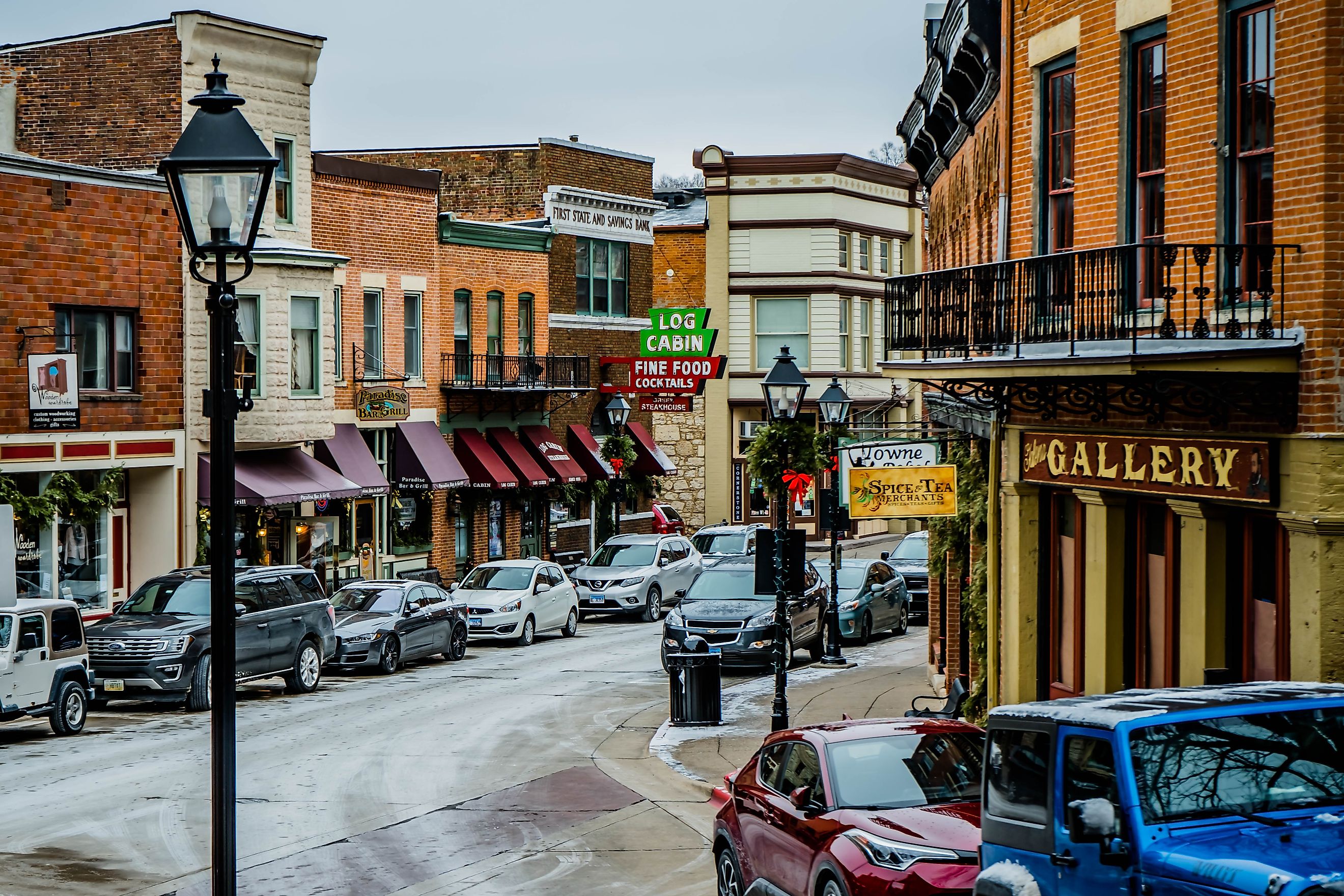
6 Quirkiest Illinois Towns You Didn't Know Existed
One of the biggest stars of the classic comedy "Groundhog Day" wasn’t a furry meteorologist, but rather the small, quirky town of Punxsutawney, Pennsylvania. Fans of the 1993 film remember the community as a charming, friendly, and offbeat place, but ironically, "Groundhog Day" wasn’t filmed in Punxsutawney at all. Several Illinois locations, including the small town of Union, provided the real-life backdrop for the endlessly looping storyline. Here, Union joins six other enchanting places on a list of seven quirky Illinois towns. Each of these towns proves the truth of one of the film’s best-known lines, delivered by Bill Murray’s character, ornery weatherman Phil Connors: “Anything different is good.”
Union
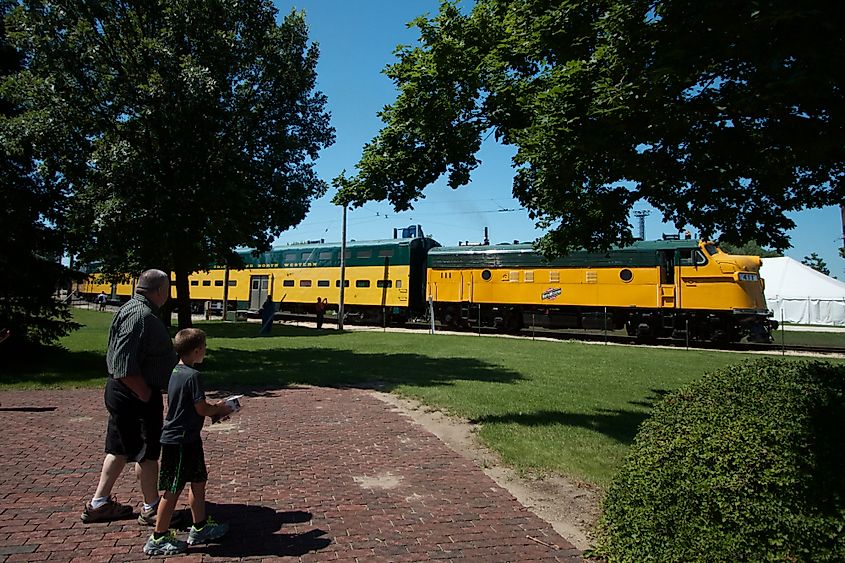
Union is a tiny town with the largest rail museum in the country. Moviegoers got a taste of Union’s 100-acre Illinois Railway Museum during the harrowing "Groundhog Day" scene in which protagonist Phil Connors tests his cinematic immortality by driving onto the site's train tracks and accelerating toward a Burlington Northern locomotive. The actual train is today proudly displayed at the museum, which has almost as many historic railroad items as there are people in town (551 residents, at the last census). Among the other fascinating displays are a 1918 steam engine ordered by Nicholas II right before the Russian Revolution, the world’s only surviving Zephyr streamliner, and the Electroliner, a 1941 high-speed electric train.
Other facets of the town’s fascinating history are on display at the McHenry County Historical Society and Museum on Main Street. Once a schoolhouse, the museum features Civil War exhibits and stories of early settlers, farmers, and industrialists. The museum actively engages with the community, hosting vintage baseball games and a summer Heritage Fair.
Visitors enjoy a frothier taste of history at Clasen’s Tavern, a keystone of community life since 1900, when Union thrived as a regional rail hub. Clasen’s has proved resilient over the decades, weathering both Prohibition and the Great Depression. Today, its original wooden bar, furrowed by generations, still survives.
Galena
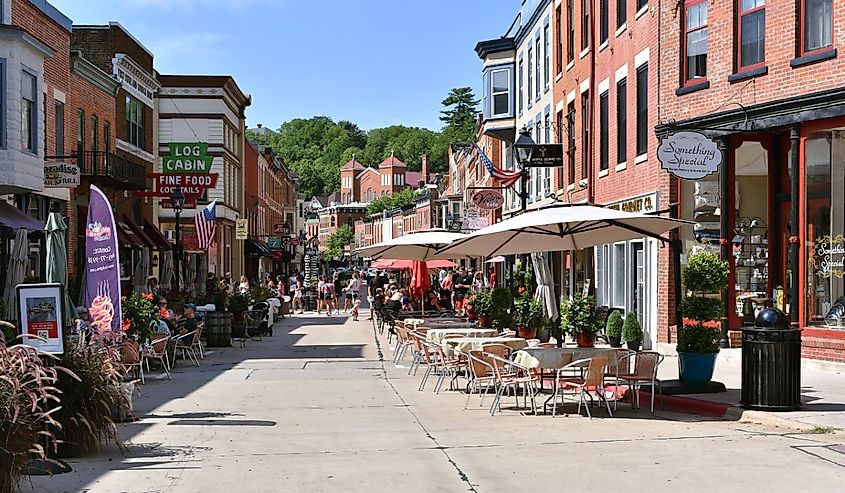
Like its languid Galena River, time moves slowly in a town best known for two widely dissimilar traditions: honoring former resident Ulysses S. Grant and racing uniquely designed hot air balloons in a quirky annual charity festival.
During the pre-Civil War period, Galena’s vibrant lead mining industry built fortunes, enriching the town. Main Street, recognized by the National Register of Historic Places since 1969, has scores of red-brick restaurants, cafes, and shops. Near the north end is the DeSoto House Hotel, whose modest exterior belies the Renaissance Revival splendor of its interior design. The hotel is a social hub for the town; a great place to rest, meet the locals, and perhaps overhear an intriguing story or two. Heading east from Main Street, a brisk, half-mile uphill climb takes you to the stately home where Grant lived after Appomattox. A renter in Galena before the war, town leaders presented him with this house upon his triumphant return.
In June, visitors and residents unfurl picnic blankets on a gorgeous green hillside to watch the Great Galena Balloon Race. In this three-day event, up to 20 balloons sail to the finish line in a competition that has raised hundreds of thousands for children with diabetes.
Casey
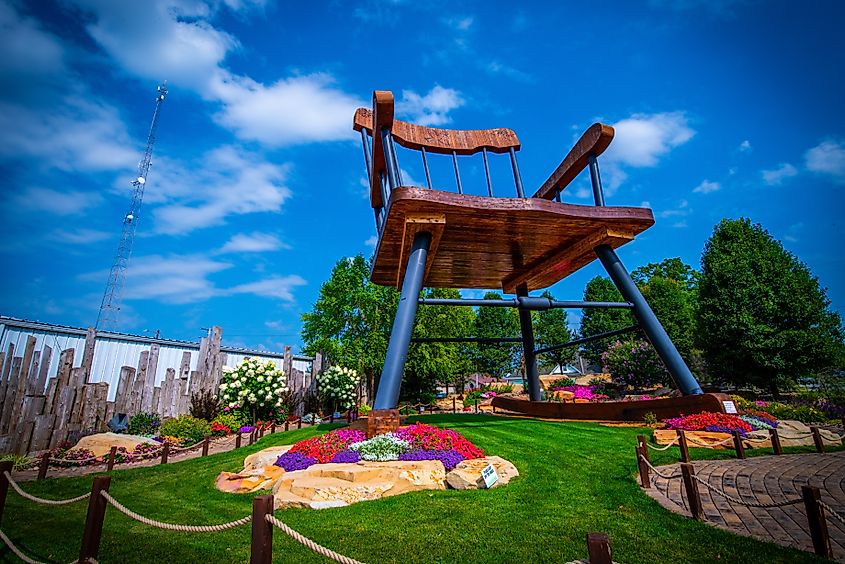
Casey rocketed to the top of many lists of quirky places in 2011, after local businessman Jim Bolin began creating larger-than-life versions of everyday items. Strolling through town, tourists may feel they’ve entered a chapter from "Gulliver’s Travels," as a giant spoon, gavel, or barbershop pole looms before them. When a breeze picks up, visitors can hear the dulcet tones of Casey’s giant wind chime. To frame the ultimate selfie, they can crowd into a giant mailbox. Up ahead is the world’s largest rocking chair, the first of 12 giant Casey sculptures to have made it into the "Guinness Book of World Records." In addition to the record-breaking dozen, there are at least 20 other supersized creations arrayed across the town.
After a day of gazing upward at these sculptured spectacles, tourists can enjoy a relaxing break at Fairview Park. August visitors delight in an added treat, the annual Popcorn Festival. Parades, music, and fun activities celebrate the region’s rich agricultural heritage.
Bishop Hill
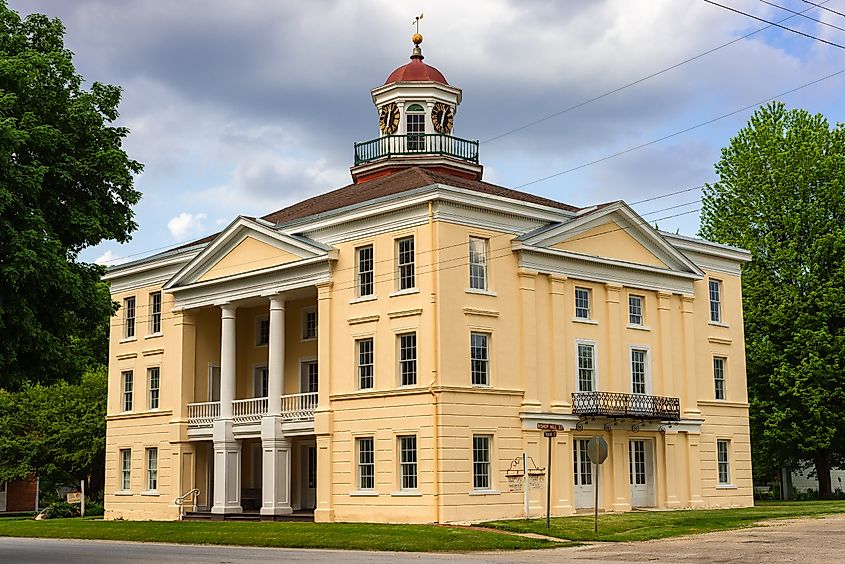
Bishop Hill’s quirkiness is rooted in its quixotic past. Founded in 1846 by Swedish utopians, the town began as an experiment in communal living and religious free expression. Eric Janson was their leader, and the arrival of “Jansonists” from Sweden was the vanguard of a much larger wave of Scandinavian immigration that populated towns across the Midwest.
Travelers can learn about the town’s unique history by visiting the Colony Church, Colony Hotel, Bishop Hill Heritage Museum, and village park, which contains several interesting memorials to Bishop Hill’s Jansonist past. Many tourists plan their visits around the harvest festival known as Jordbruksdagarna and the Christmastime Lucia Nights celebration.
Arcola
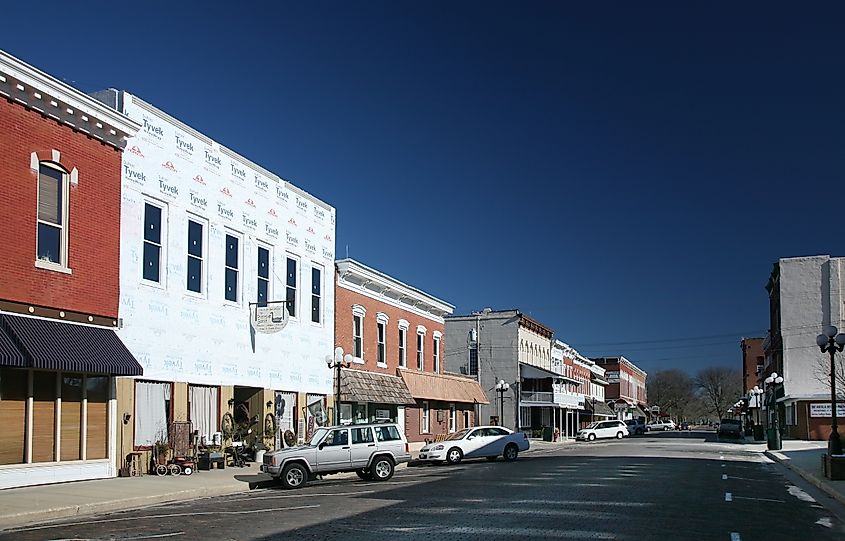
In many ways, Arcola sets the standard for quirkiness. The gateway to Illinois Amish country, it’s also the site of what is said to be the world’s only Hippie Memorial. Built as a railroad town and named after a village in Italy, the annual parade for the town’s Broom Corn Festival features a “precision lawnmower drill team,” the Lawn Rangers. The old Illinois Central train depot is the perfect jumping-off point for exploring every surprising attraction, mural, and activity in the town center. Later, cruise through the idyllic countryside in joyful pursuit of Amish crafts, souvenirs, and a slice of shoofly pie.
Fulton
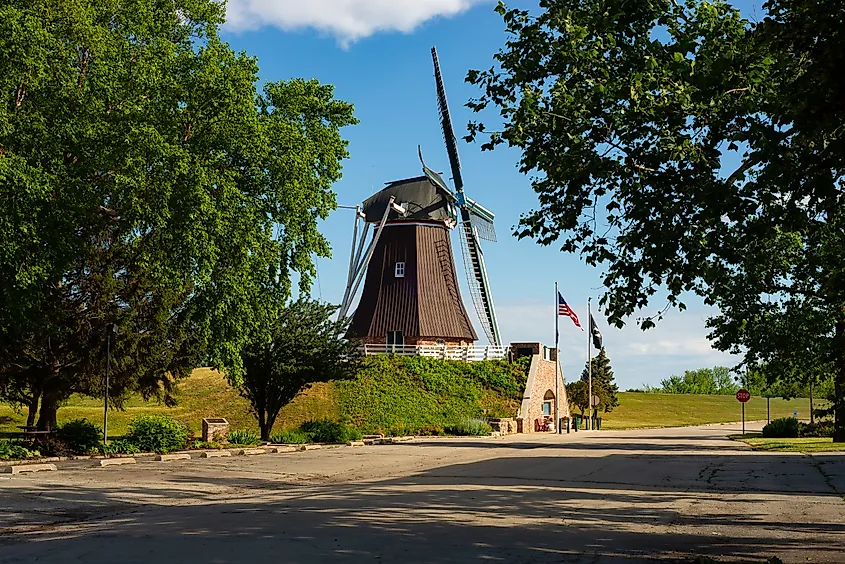
Fulton is at the center of the green energy economy — the carbon-neutral economies of 19th-century America and medieval Holland, that is. Named for Robert Fulton, the father of commercial steamboat navigation, the town today highlights its Dutch heritage with nearly two dozen windmills. The 100-foot-tall De Immigrant Windmill overlooks the Mississippi River, and 22 model windmills are displayed in the town’s Windmill Cultural Center. De Immigrant was designed and fabricated in the Netherlands, then assembled in Fulton a quarter century ago. Tourists climb stairs to the top of the windmill and purchase rye, wheat, corn, and buckwheat ground by the landmark’s blue basalt millstones.
Nearby Heritage Canyon recreates the village life of the original Dutch settlers and includes an authentic schoolhouse, log cabins, and a church, along with demonstrations of pioneer crafts. Dutch-themed shops and cafes line downtown’s 4th Street. Celebrations reach a crescendo in May with the parades and festivities of Dutch Days.
In his book "Vanishing America," comedian Rich Hall writes about a man he met on a cross-country tour who collected abandoned road signs. “His yard’s a museum of America’s detours,” the author remarked. America’s quirky small towns are a lot like that. Off the beaten path and flying under the radar, they are detours into an eccentric side of the national character; places where history, tradition, and generational stories cross over into a wild realm of imagination. Beckoning from lonely roadsides, they invite every traveler to experience their own magical detours.
